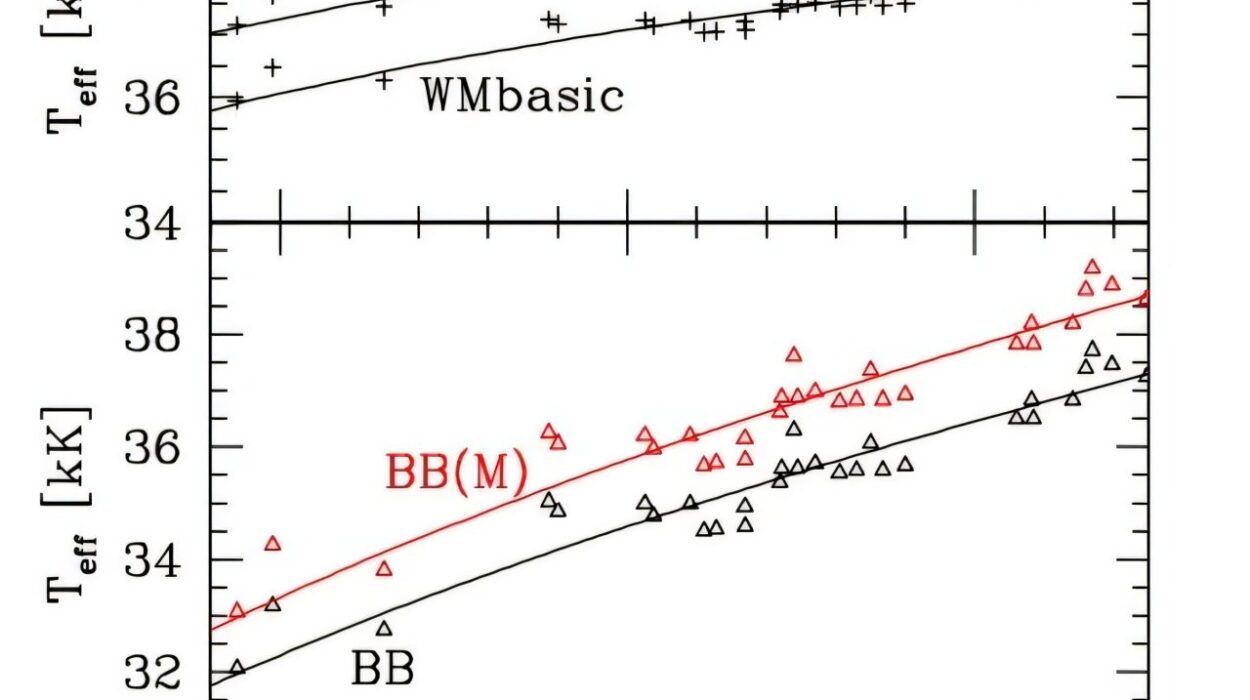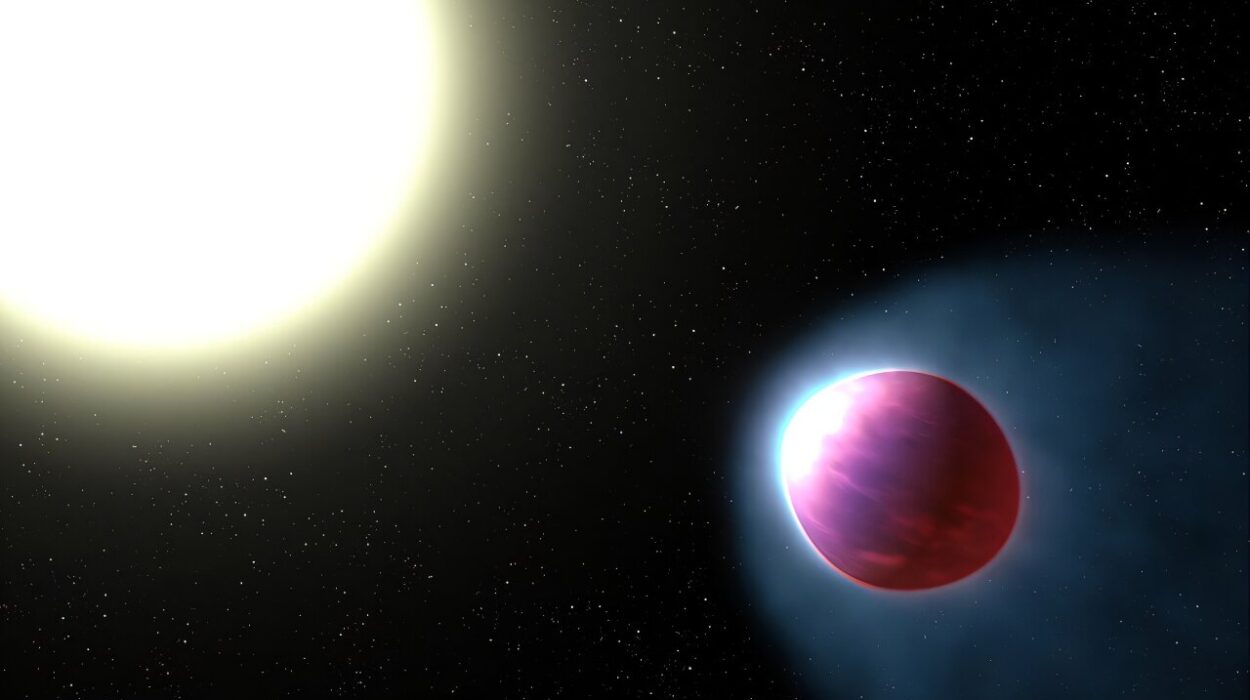Origami, the centuries-old Japanese art of folding paper, was once a quiet form of creativity—a way to transform something ordinary into something extraordinary. A simple sheet of paper could become a crane, a flower, or a star. Today, that same philosophy is unfolding in ways the ancient masters of origami might never have imagined. The delicate folds of paper are now inspiring designs for spacecraft, telescopes, and solar panels that could one day travel to distant worlds.
What makes origami so powerful in modern science and engineering is its ability to combine elegance with practicality. Structures can start flat, fold compactly, and then expand into something larger and stronger. In the unforgiving environment of space, where every gram of weight matters and every inch of space counts, these qualities are nothing short of revolutionary.
The Problem of Packing for Space
Launching anything into space is a balancing act. Rockets are expensive to operate, and the cost of sending cargo depends directly on its weight and volume. A spacecraft must be packed tightly for the violent journey into orbit, and once it’s there, it must expand or deploy flawlessly. Solar arrays, antennas, and even giant telescopes have to transform from a compact launch-ready package into large, functional structures.
But here’s the catch: folding up and unfolding large structures isn’t as simple as it sounds. Traditional origami-inspired designs can be tricky. Some require complex steps to deploy, while others don’t stay flat enough during launch or risk unfolding incorrectly. A single failed deployment could spell disaster for an entire mission. That’s why engineers are constantly searching for more reliable folding patterns.
Enter the Bloom Patterns
At Brigham Young University, engineer Larry Howell and his team have introduced a remarkable solution: origami bloom patterns. These designs take inspiration from nature itself. Just like petals curling open in the morning sun, bloom patterns begin as a thin, flat disk and then expand smoothly into a three-dimensional flower-like form.
What makes bloom patterns so special is their simplicity and reliability. Unlike some folding techniques that can twist or jam, bloom patterns fold down perfectly flat and then unfold in a single, graceful motion. That reliability is essential for space technology. Imagine a solar array on a satellite that has to unfold hundreds of miles above Earth. There’s no room for error—no one can step outside with a wrench if it doesn’t work.
Mathematics Meets Art
Bloom patterns had been noticed before, but Howell’s team realized they belonged to a much larger family of shapes with shared geometric principles. To understand them fully, the researchers created mathematical models to predict how the folds would behave. Then, they put theory to the test.
Starting with paper, they built physical prototypes to see if the bloom shapes would reliably open and close. They did. Each fold worked precisely, confirming the accuracy of their models. From there, the team pushed further, experimenting with sturdier materials like 3D-printed plastics. These prototypes proved that bloom patterns weren’t just elegant in theory—they could be durable and practical in real-world applications.
In their published paper in Proceedings of the Royal Society A: Mathematical, Physical and Engineering Sciences, the team highlighted how these patterns open the door to a whole new range of designs. They provide a blueprint for other engineers and scientists to explore, adapt, and expand.
Lifting Off into New Possibilities
The implications of bloom patterns are vast. For space missions, they could transform how we design and launch satellites, telescopes, and solar power systems. Folded flat, they save space inside the rocket. Once deployed, they create wide, curved surfaces—perfect for catching sunlight or capturing faint signals from distant galaxies.
But the benefits don’t end in orbit. On Earth, bloom-inspired designs could be used for portable shelters that fold up compactly but open quickly in disaster zones, providing instant protection for people in need. Architects could use them for pop-up structures that are both artistic and practical. Even robotics could benefit, as bloom-inspired components might allow machines to expand or contract smoothly as they adapt to different tasks.
The potential is so wide-ranging because the principle is universal: start simple, unfold beautifully, and create something greater than the sum of its parts.
A Marriage of Tradition and Innovation
There’s something poetic about the idea that an art form born centuries ago in Japan is now shaping the future of human spaceflight. The same folding techniques once used to craft delicate paper flowers are being reimagined to build technology that could travel beyond Earth. In bloom patterns, we see both the artistry of nature and the rigor of mathematics, joined together in service of exploration.
The next time a satellite deploys its solar panels like a flower reaching toward the sun, or a telescope opens its petals to gaze into the deep cosmos, it may carry within it the quiet wisdom of origami—a reminder that beauty, simplicity, and imagination can take us farther than we ever dreamed.
More information: Zhongyuan Wang et al, Bloom patterns: radially expansive, developable and flat-foldable origami, Proceedings of the Royal Society A: Mathematical, Physical and Engineering Sciences (2025). DOI: 10.1098/rspa.2025.0299






